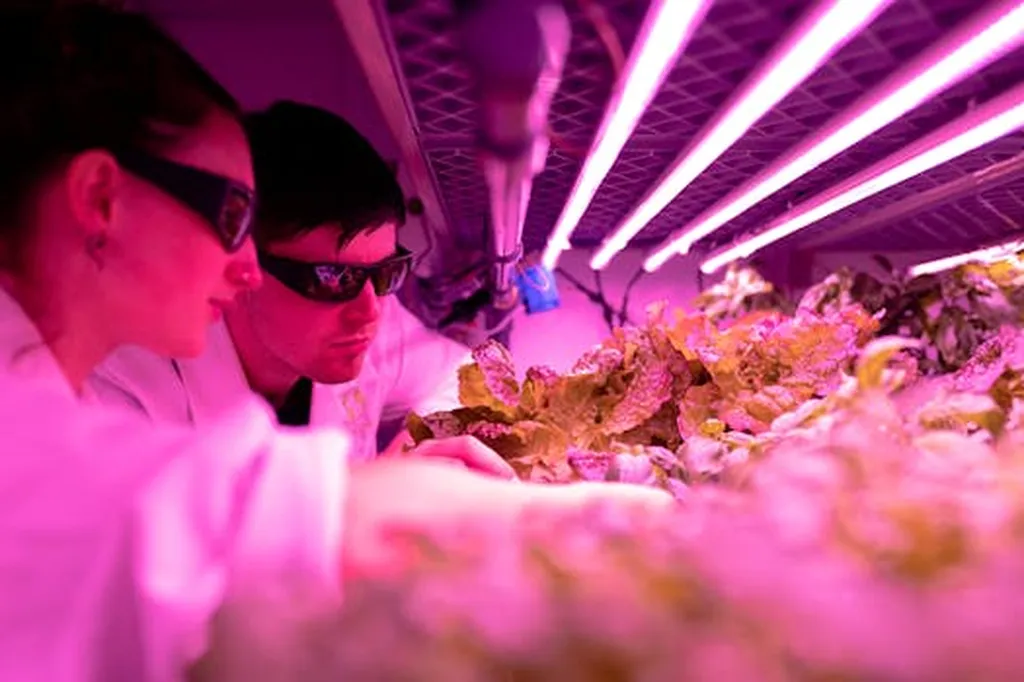In the heart of Turkey, researchers are unlocking the secrets of quinoa, a crop that could hold the key to food security in a changing climate. Aras Türkoğlu, a scientist from the Department of Field Crops at Necmettin Erbakan University, has led a groundbreaking study that reveals how drought stress induces genomic and epigenetic variations in quinoa. Published in the journal *Scientific Reports* (translated from Turkish as “Scientific Reports”), the research offers promising insights for the agricultural and energy sectors alike.
Quinoa, a pseudocereal known for its high nutritional value, is gaining traction as a crop of interest for its potential to thrive in arid conditions. However, the impact of drought stress on its genetic makeup has remained a mystery—until now. Türkoğlu and his team set out to understand how different quinoa genotypes respond to varying levels of irrigation, using advanced molecular techniques to uncover the plant’s resilience mechanisms.
The study focused on six quinoa genotypes—Titicaca, Rainbow, Moqu Arrochilla, Cherry Vanilla, China, and White—exposed to five different irrigation levels, ranging from 5% to 100% field capacity. By employing inter-primer binding site (iPBS) markers and cytosine restriction endonuclease digestion-iPBS (CRED-iPBS) techniques, the researchers were able to assess DNA damage and cytosine methylation alterations.
The results were striking. “We observed genotype-specific polymorphism and genomic template stability (GTS) responses to irrigation stress,” Türkoğlu explained. Moqu Arrochilla, for instance, showed remarkable stability, maintaining an 84.6% GTS even under the most severe drought conditions (5% field capacity). In contrast, the White genotype exhibited the lowest GTS (35.0%) at 50% field capacity, highlighting the diverse responses among quinoa varieties.
The CRED-iPBS analysis further revealed that both hyper- and hypomethylation events occurred, depending on the intensity of the stress. Notably, the China and Moqu Arrochilla genotypes displayed the highest polymorphism rates for MspI (42.9%) and HpaII (39.0%), respectively. These findings underscore the complex interplay between drought stress and epigenetic modifications in quinoa.
The implications of this research are far-reaching. Understanding how quinoa adapts to drought at the genomic and epigenetic levels could pave the way for developing more resilient crop varieties. This is particularly relevant for the energy sector, where biofuel production from drought-tolerant crops could become a sustainable alternative to traditional energy sources.
“Our study highlights the potential of iPBS and CRED-iPBS techniques for screening stress-responsive genotypes,” Türkoğlu noted. “This work contributes to the understanding of stress adaptation and may inform breeding programs targeting drought tolerance.”
As climate change continues to pose challenges to global agriculture, the insights gained from this research could be instrumental in shaping future developments. By harnessing the natural resilience of quinoa, scientists and farmers alike can work towards securing food supplies and exploring new avenues for sustainable energy production. The journey to uncovering the secrets of quinoa is just beginning, and the promise it holds for the future is immense.

